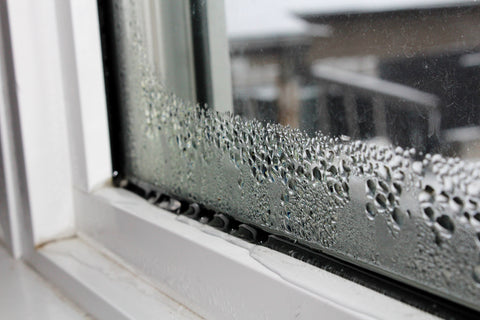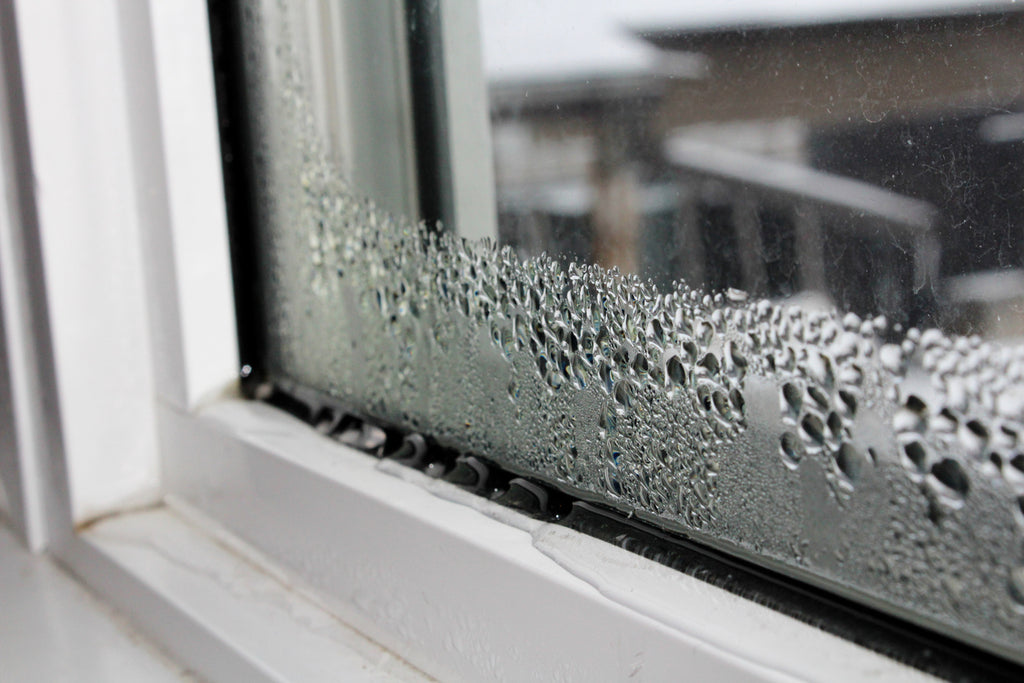HOW TO: spot and deal with damp in your home
At this time of year the combination of low temperatures and wet weather can be a major cause of damp in the home, particularly in areas with poor ventilation.
If left untreated, damp can lead to mould growth and serious structural damage. Both of which can pose a health risk should they reach extreme levels, and at the very least make living in your home much more unpleasant.
Identifying the cause of damp isn’t a straightforward task as damp can be the result of a number of different factors, often overlapping to make the issue worse. In this article we’ll be looking at a few of these major causes as well as the most common ways of dealing with them.

Leaks
Arguably one of the most common causes of damp build-up but often one that is very difficult to spot.
Damp caused by leakage is usually the result of a burst or damaged water pipe within the wall and can be identified by the usual signs, damp patches on walls or ceilings as well as dripping water from locations there normally wouldn’t be any.
A full blown burst pipe will leave large damp patches and be fairly obvious. But a small constant leak can allow mould to build up in small damp patches and spread like wildfire as the damp increases through the wall.
Other common leaks include those caused by poorly installed dishwashers and washing machines as well as damaged seals around baths and showers.
The best way to treat leak-based damp is simply by being vigilant.
Ensure that any appliances that use water such as washing machines, baths etc are properly installed and maintained, and respond quickly to any signs of damp within the wall.
Call a registered plumber immediately if you suspect that a damaged pipe within the wall is leading to the spread of damp in your home.

Condensation
Extremely common in winter, condensation occurs when moisture in the air cools on a surface, such as a window.
When this build-up of moisture inside the home reaches excessive levels it can lead to the spread of damp on adjacent walls, on window sills and seals as well as a variety of other locations.
Bathrooms and kitchens that are poorly ventilated are particularly at risk of condensation. If these areas lack air circulation then heavy condensation build-up is likely to occur.
Treating this kind of damp is best achieved by ensuring all areas that are likely to have a buildup of moisture are well ventilated and properly heated.
If your bathroom lacks a window for ventilation consider installing an extraction fan. If you frequently experience condensation throughout your home then a dehumidifier would be a solid investment.

Penetrating Damp
A source of damp that can come about as a result of a wide variety of problems, including missing roof tiles, damaged or leaking roofs, as well as poorly fitted doors and windows.
Essentially, penetrating damp is moisture that invades the home from outside. The signs are similar to other causes of damp: the presence of mould or fungus as well as crumbling plaster and sagging wallpaper.
To dealing with penetrating damp keep the outside of your home well maintained, as well as any adjoining features such as doors and windows.
Making sure that pointing and exterior coatings are as they should be can really help. You can also help to prevent damp build-up in high risk areas by using a radiator or storage heater on a low setting at all times.

Rising Damp
Rising damp is one of the hardest damp sources to identify given that the vast majority of it occurs below floor level, though eventually it will begin to climb up walls.
Moisture begins beneath the ground and is normally prevented by protective layering. But in older houses or those that have suffered foundational damage, these layers can no longer prevent moisture from the ground rising into the home and causing further damage.
Rising damp can cause major damage to the structure of your home, so it’s essential to find it quickly. Regularly inspect skirting boards and check for the smell of damp—often you can smell damp and mould before you can see it.
The best way to deal with rising damp is to ensure that a damp-proof course exists in your house.
One of the most common varieties is a chemical damp-proof course that can be injected into the walls to prevent moisture from rising above a certain level. This obviously involves major changes to the structure of the property and will require planning permission.
We recommend hiring a highly reputable company to help with this issue, so that if you sell your house in future you’ll have the necessary guarantees.
